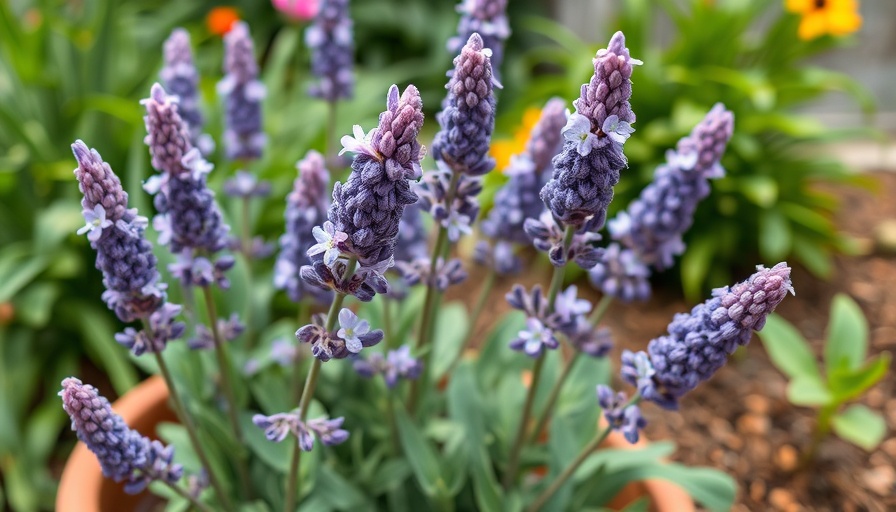
Transform Your Patio: The Beauty of Mosquito-Repelling Plants
Summer gatherings can be delightful, but nothing dampens the spirit of outdoor fun like a swarm of mosquitoes. Luckily, you can arm yourself against these pesky invaders with an attractive solution: a container garden filled with mosquito-repelling plants. By choosing the right flora, not only can you enhance your outdoor space, but you can also create a naturally pest-free environment that sets the stage for memorable moments.
Creating Your Mosquito-Repelling Container Garden
A well-planned container garden combines aesthetics and functionality. To effectively repel mosquitoes while beautifying your patio, select a variety of attractive plants with strong scents or properties known to deter pests. Ideal for sunny spots that get 6-8 hours of sunlight a day, consider the following plants:
- Marigold: Known for their cheerful yellow pom-pom flowers, marigolds contain compounds effective against many insects.
- Lavender: With its calming aroma, lavender not only adds a lovely fragrance to the air but also serves as a strong deterrent for mosquitoes.
- Pineapple Mint: This decorative herb features sweet scent and texture, making it an appealing choice for any container.
- Flossflower: With cute blue-purple flowers, flossflower contains coumarin, a compound often found in commercial repellents.
- Oregano and Lemon Balm: Both these herbs are not just delicious—they help keep annoying bugs at bay.
- Thai Basil: Considered attractive and tasty, Thai basil brings dual benefits: culinary delights and mosquito warding.
The Power of Companion Planting
Utilizing companion planting techniques can further enhance your container garden. By grouping mosquito-repelling plants with other herbs and flowers, you create a diverse ecosystem that attracts beneficial insects while fending off pests. Besides beauty, these plant combinations can aid in natural pest control.
Best Practices for Plant Care
As you embark on your journey to create a mosquito-repelling garden, proper care is essential. Mid-summer care tips include regular watering, especially for container gardens, which can dry out more quickly. Understanding your plants’ needs for sunlight, soil type, and maintenance will ensure their longevity and effectiveness in pest deterrence.
Remember to prune regularly and allow air circulation amongst your plants to discourage fungal diseases. By keeping your plants healthy, you can maximize their potential for repelling mosquitoes while enjoying their beauty.
Broader Benefits of Pest-Resistant Gardens
Establishing a mosquito-repelling garden does more than just keep bugs away; it can foster an inviting atmosphere for relaxation and entertaining. Herbs from your garden can be used in culinary dishes, teas, or natural remedies. With gardening, you're not only creating visual appeal but also encouraging a diverse ecosystem, including pollinators like bees and butterflies. Your backyard can be a sanctuary for both you and the wildlife around you.
Conclusion: Embrace Nature and Enjoy Your Outdoor Spaces
Creating a beautiful and functional container garden can dramatically enhance your outdoor living experience. This summer, transform your patio into a picturesque retreat while effectively keeping mosquitoes at bay. For those considering starting their own container gardens, browse through local nurseries or gardening centers to find the suggested plants, and take the first steps towards crafting your outdoor oasis.
 Add Row
Add Row  Add
Add 




Write A Comment